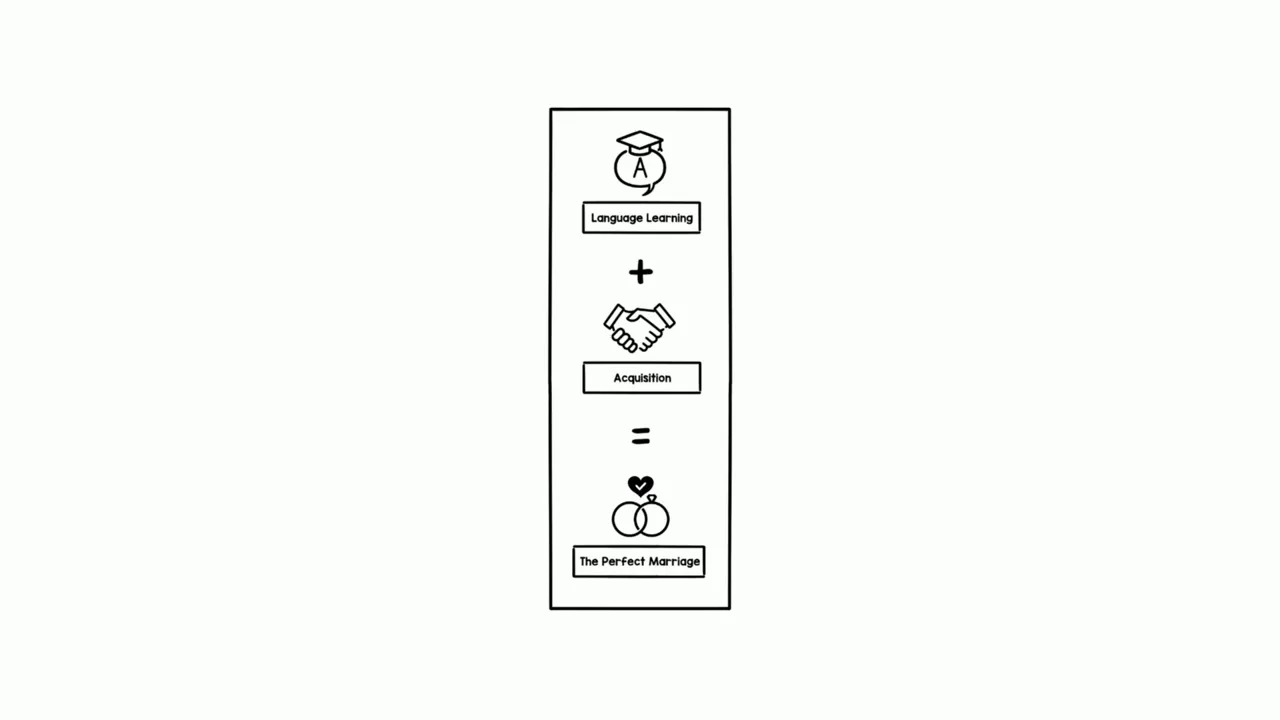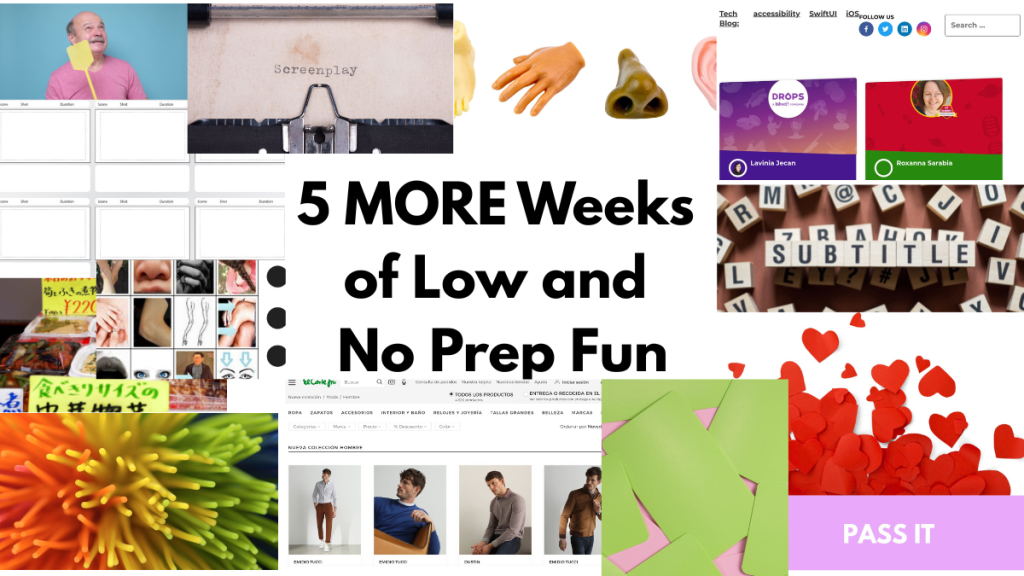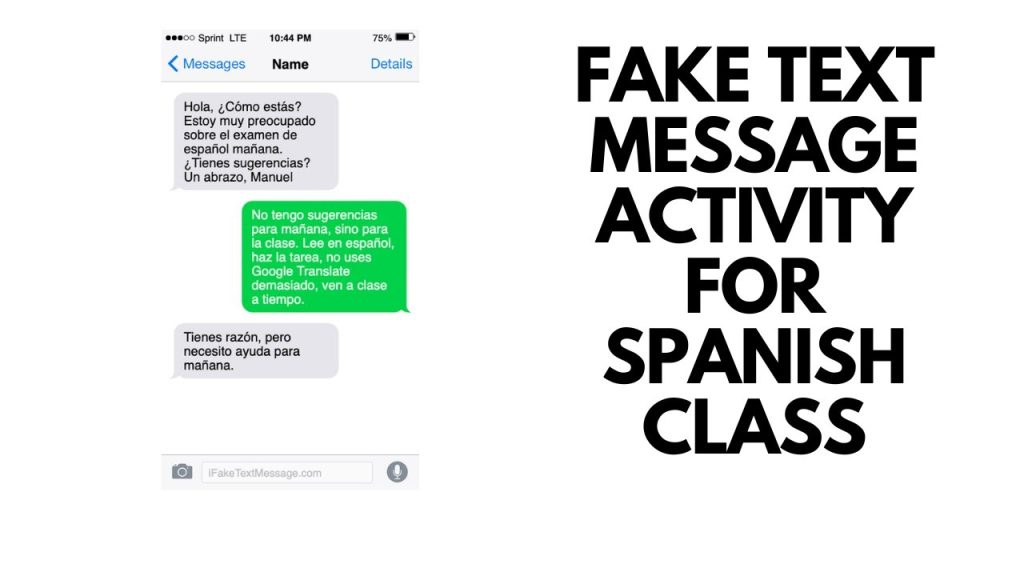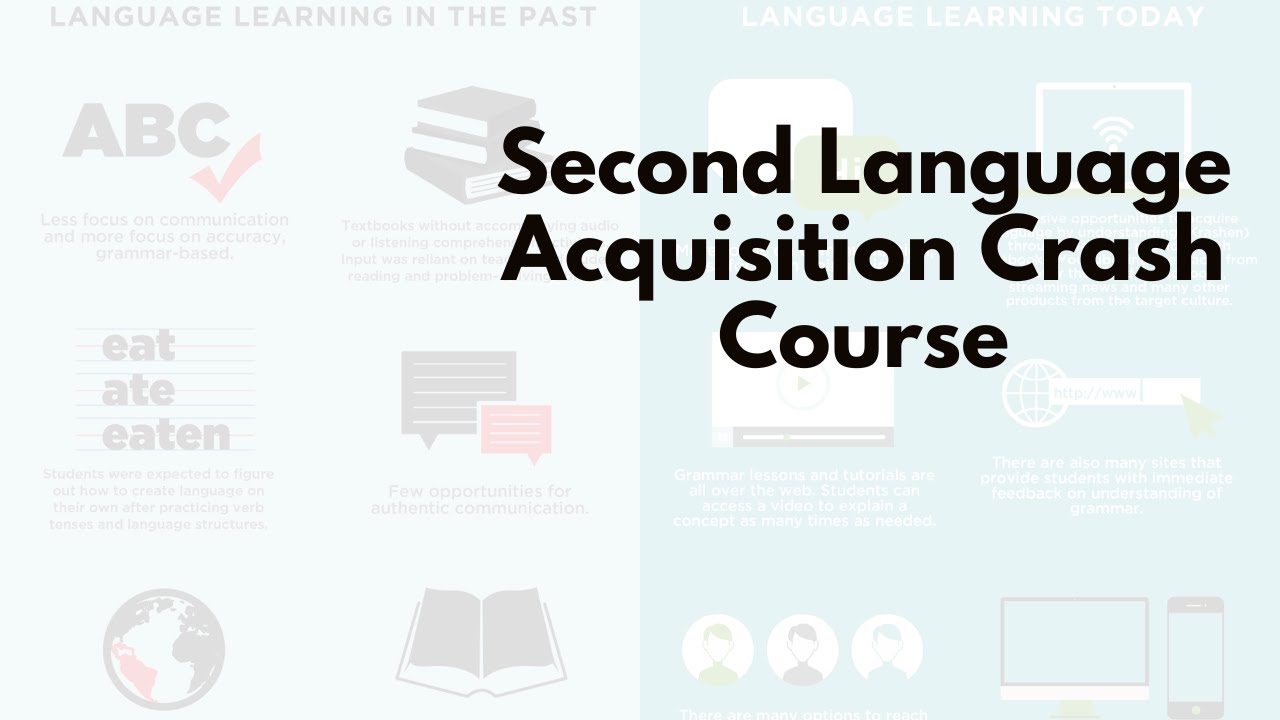
This article is based on the original video “Teaching Languages | Second Language Acquisition Crash Course” and distils its key ideas into a practical, classroom-ready guide. If you teach languages (or plan to), this Second Langauge Acquisition Crash Course will give you a clear framework: what changed from traditional methods, how to design lessons for real communicative progress, and simple activities you can use right away.

Why traditional language teaching often fell short
Traditional language learning had many appealing features: neat exercises, clear right-or-wrong answers, and attractive textbook pictures. Those elements felt rewarding. But the old model also had problems that limited real communicative competence:
- Assessments focused on accuracy rather than communicative ability, which could be demotivating.
- Textbook tests often lacked audio and authentic listening input.
- Technology was scarce, so opportunities for authentic interaction were limited.
- There was an assumption that learners should master verb tenses as soon as they encountered them — a timeline that doesn’t reflect how people actually acquire language.
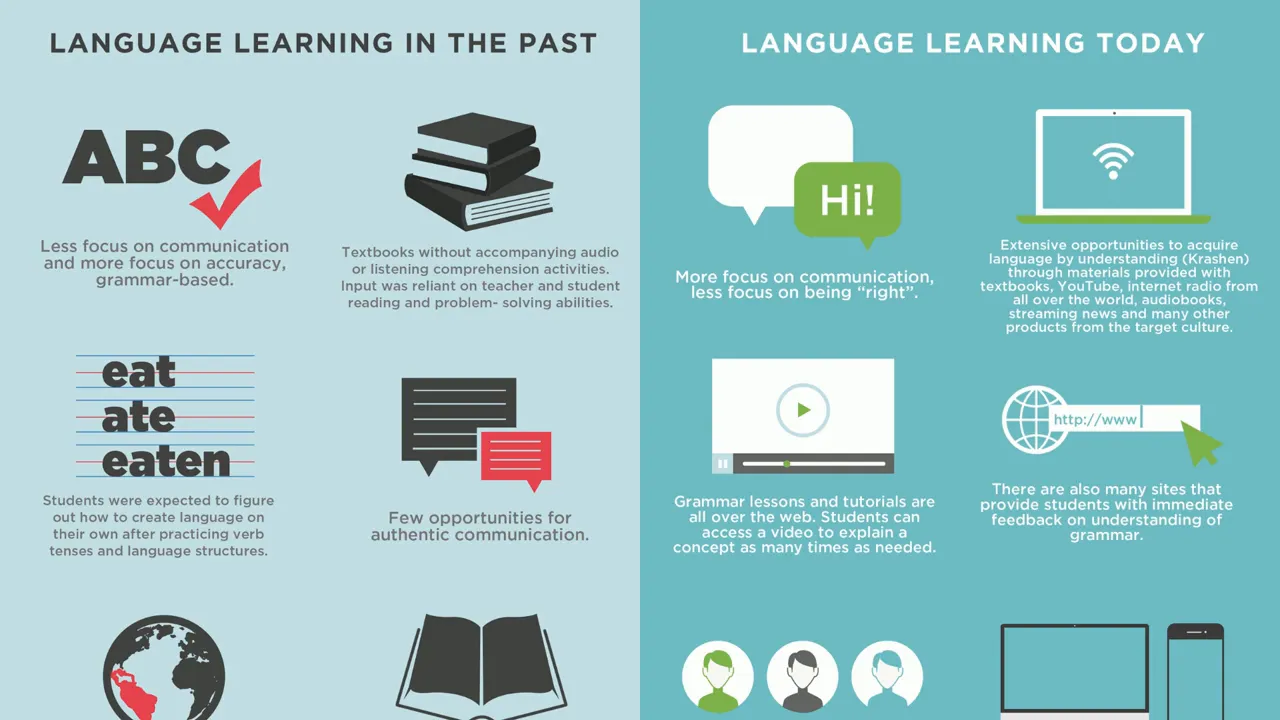
Today’s classroom: target language as the vehicle
Modern, proficiency-oriented teaching flips the focus: it’s all about what learners can do with language. Use the target language for instruction and communication as much as possible. Key principles include:
- Majority of class time devoted to building communicative skills: speaking, listening, reading and writing.
- Errors are accepted and celebrated as part of learning.
- Use proficiency-based assessment to measure real-world ability, not just grammatical accuracy.
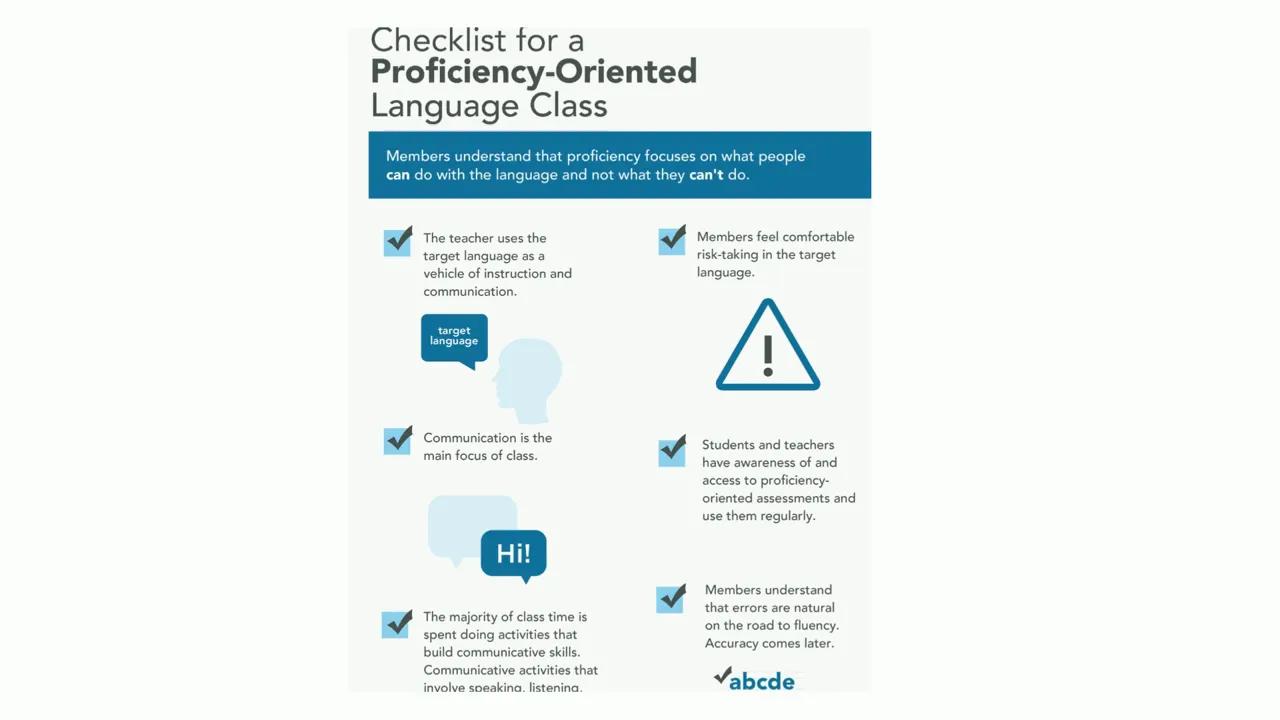
Reading to learn: active, supported reading in the classroom
Reading is powerful: first you learn to read, then you read to learn. For beginners in a foreign language, aim to make reading active and appropriately challenging. Research-based advice recommends a sweet spot of roughly 89–94% text comprehension: too hard and learners get discouraged; too easy and they don’t grow.
Make classroom reading interactive:
- Pair students to read aloud to one another for pronunciation practice without public pressure.
- Create true/false or quiz games where groups write and ask questions that require checking the text for answers.
- Use storyboards: pick key scenes and ask students to summarise or sequence events.
- Extract vocabulary: find unfamiliar words, define them, then re-read to reinforce meaning-in-context.
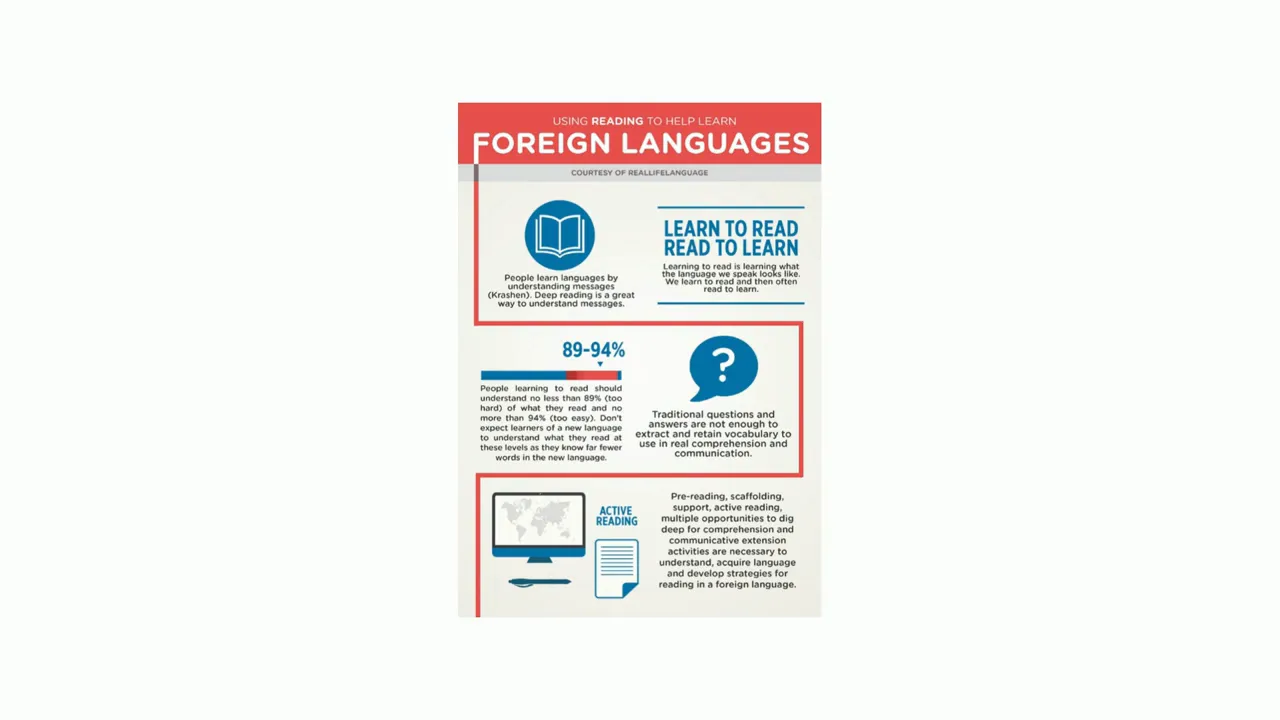
How long does it take? Use the FSI as a planning guide
The Foreign Service Institute (FSI) research classifies languages by difficulty and gives estimated class hours to reach proficiency. Use these estimates to set realistic goals based on the time you actually have. For example, 50 class hours will not get most learners to high proficiency in a difficult language, so plan achievable targets and be explicit with learners about what’s realistic.
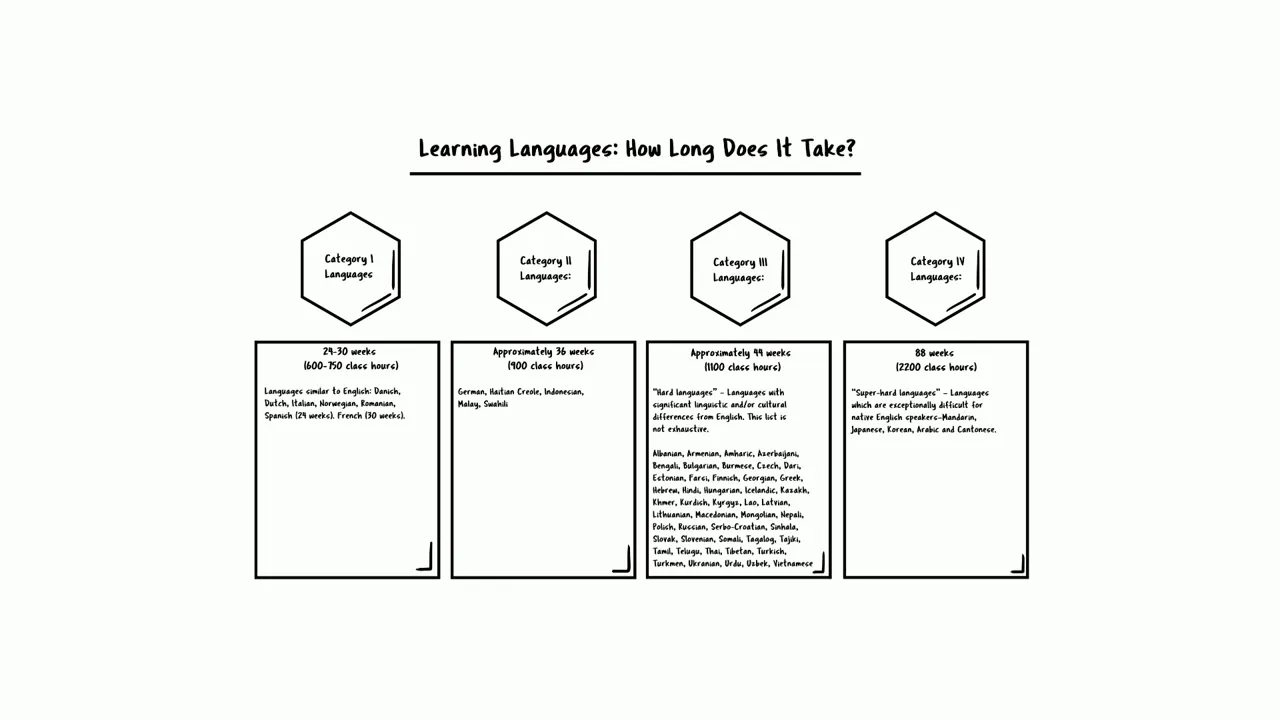
Path to fluency: a staged, non-linear journey
Think of fluency as a continuum. Early classroom work often focuses on vocabulary and short utterances; later stages develop extended speech and composition. You can’t skip the building blocks — move learners from words to sentences to connected discourse through planned tasks and increasing complexity.

Teaching culture: people, practices and perspectives
Language and culture are intertwined. Include cultural input in lessons so learners see how people make sense of the world. For beginners, use highly supported cultural materials:
- Commercials and short, context-rich videos with subtitles and scaffolding.
- Realia and images that link language to everyday life.
- Lots of accessible reading and listening so learners gradually internalise cultural norms and perspectives.
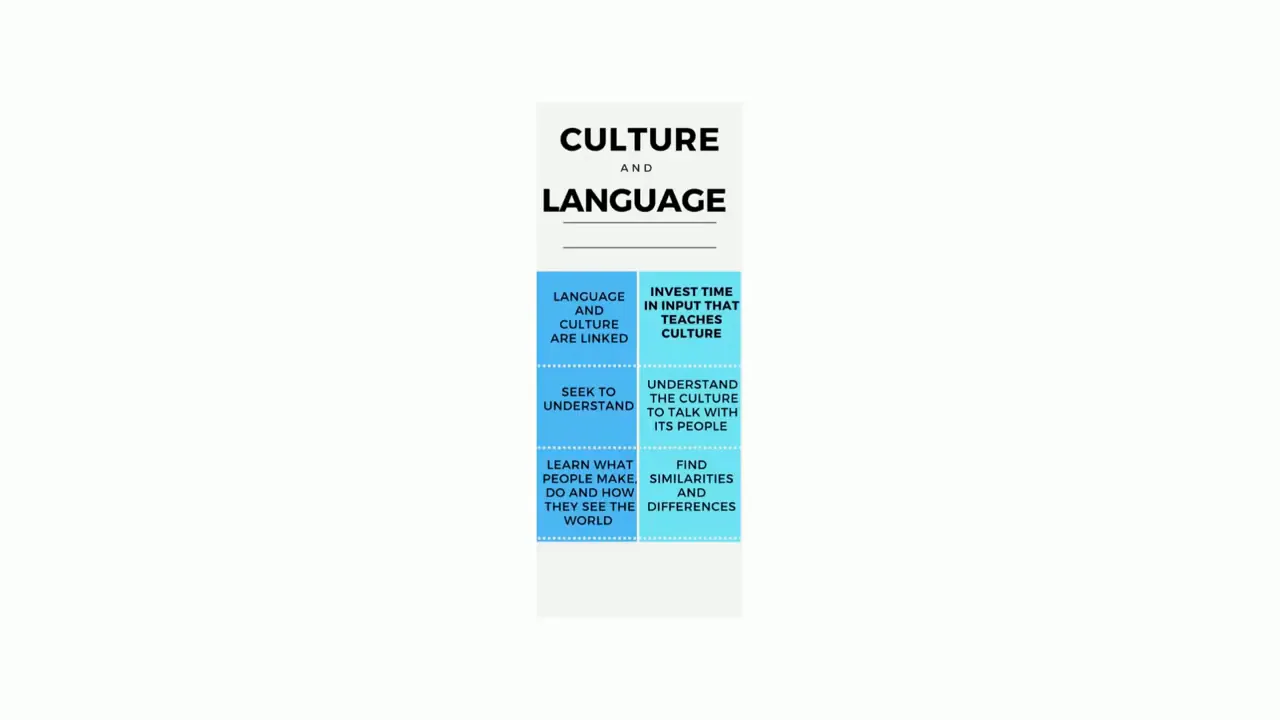
Krashen’s ideas: marrying deliberate learning and natural acquisition
A practical classroom combines two complementary approaches. On one side is deliberate language learning: grammar explanations, focused vocabulary study, and accuracy practice. On the other is natural acquisition: listening and reading that allow learners to absorb patterns implicitly. Together they form the “perfect marriage” — teaching awareness plus plentiful opportunities to acquire language.
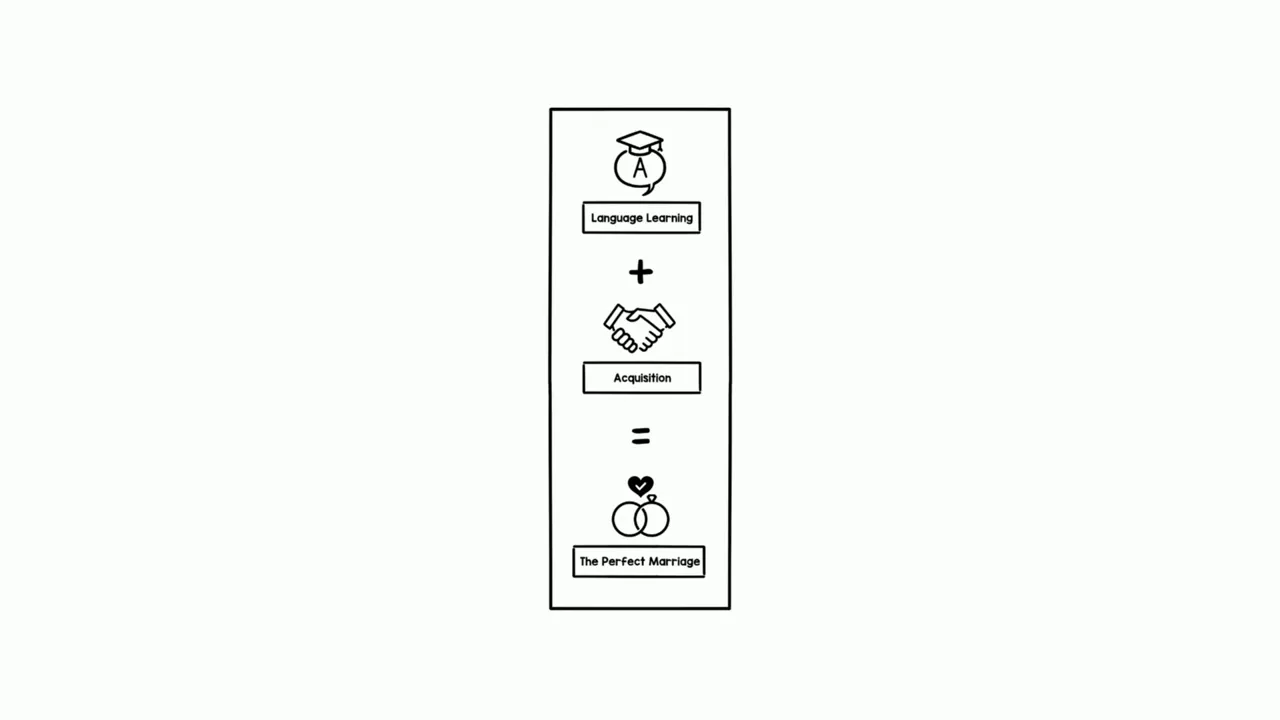
Practical takeaway activities
- Reading relay: small groups read sections aloud, extract facts, then quiz other groups.
- Storyboard summary: pick 6–8 scenes, students retell in small groups, then perform or present.
- Word-hunt: find ten unknown words, look up meanings, then reconvene and re-read for comprehension.
- Low-stakes speaking tasks: role plays, information-gap activities, and short presentations that encourage risk-taking.
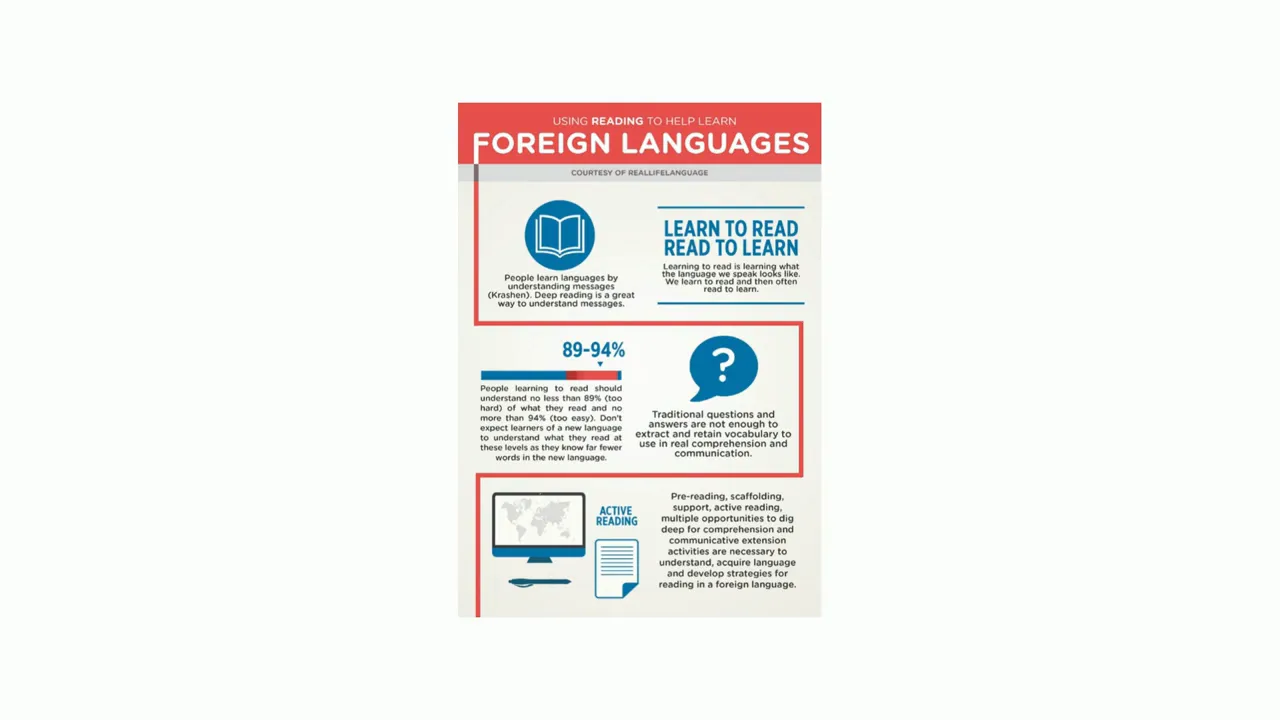
Conclusion: design for communication, not perfection
Teaching languages today means designing for communication, building realistic expectations, and combining explicit instruction with rich input. Use the Second Langauge Acquisition Crash Course as a checklist: favour the target language in class, make reading active and supported, set realistic timelines using FSI guidance, teach culture alongside language, and balance deliberate learning with opportunities for natural acquisition. Do that, and you’ll create a classroom where learners feel safe to take risks and genuinely progress.
